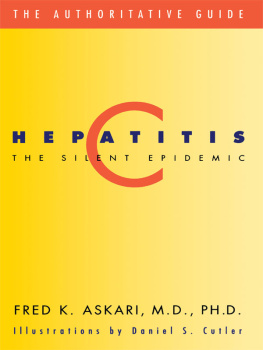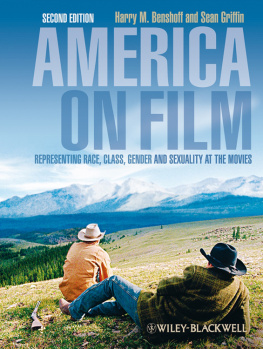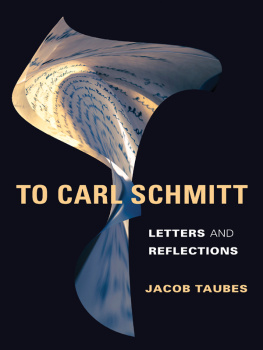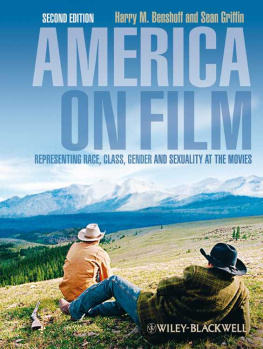Angie Schmitt - Right of Way: Race, Class, and the Silent Epidemic of Pedestrian Deaths in America
Here you can read online Angie Schmitt - Right of Way: Race, Class, and the Silent Epidemic of Pedestrian Deaths in America full text of the book (entire story) in english for free. Download pdf and epub, get meaning, cover and reviews about this ebook. publisher: Island Press, genre: Politics. Description of the work, (preface) as well as reviews are available. Best literature library LitArk.com created for fans of good reading and offers a wide selection of genres:
Romance novel
Science fiction
Adventure
Detective
Science
History
Home and family
Prose
Art
Politics
Computer
Non-fiction
Religion
Business
Children
Humor
Choose a favorite category and find really read worthwhile books. Enjoy immersion in the world of imagination, feel the emotions of the characters or learn something new for yourself, make an fascinating discovery.
- Book:Right of Way: Race, Class, and the Silent Epidemic of Pedestrian Deaths in America
- Author:
- Publisher:Island Press
- Genre:
- Rating:5 / 5
- Favourites:Add to favourites
- Your mark:
- 100
- 1
- 2
- 3
- 4
- 5
Right of Way: Race, Class, and the Silent Epidemic of Pedestrian Deaths in America: summary, description and annotation
We offer to read an annotation, description, summary or preface (depends on what the author of the book "Right of Way: Race, Class, and the Silent Epidemic of Pedestrian Deaths in America" wrote himself). If you haven't found the necessary information about the book — write in the comments, we will try to find it.
Angie Schmitt: author's other books
Who wrote Right of Way: Race, Class, and the Silent Epidemic of Pedestrian Deaths in America? Find out the surname, the name of the author of the book and a list of all author's works by series.
Right of Way: Race, Class, and the Silent Epidemic of Pedestrian Deaths in America — read online for free the complete book (whole text) full work
Below is the text of the book, divided by pages. System saving the place of the last page read, allows you to conveniently read the book "Right of Way: Race, Class, and the Silent Epidemic of Pedestrian Deaths in America" online for free, without having to search again every time where you left off. Put a bookmark, and you can go to the page where you finished reading at any time.
Font size:
Interval:
Bookmark:
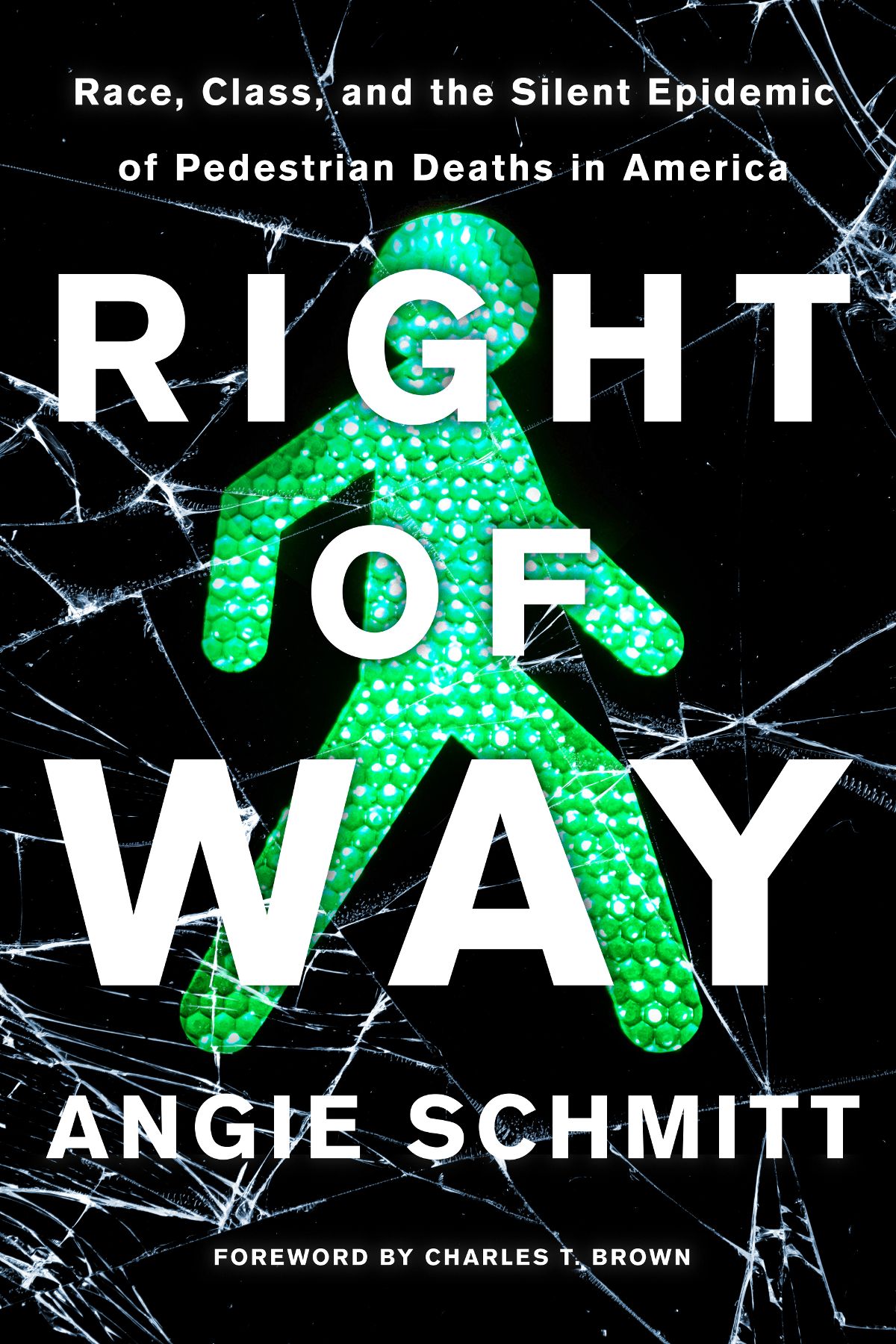
About Island Press
Since 1984, the nonprofit organization Island Press has been stimulating, shaping, and communicating ideas that are essential for solving environmental problems worldwide. With more than 1,000 titles in print and some 30 new releases each year, we are the nations leading publisher on environmental issues. We identify innovative thinkers and emerging trends in the environmental field. We work with world-renowned experts and authors to develop cross-disciplinary solutions to environmental challenges.
Island Press designs and executes educational campaigns in conjunction with our authors to communicate their critical messages in print, in person, and online using the latest technologies, innovative programs, and the media. Our goal is to reach targeted audiencesscientists, policymakers, environmental advocates, urban planners, the media, and concerned citizenswith information that can be used to create the framework for long-term ecological health and human well-being.
Island Press gratefully acknowledges major support from The Bobolink Foundation, Caldera Foundation, The Curtis and Edith Munson Foundation, The Forrest C. and Frances H. Lattner Foundation, The JPB Foundation, The Kresge Foundation, The Summit Charitable Foundation, Inc., and many other generous organizations and individuals.
Generous support for the publication of this book was provided by Margot and John Ernst.
The opinions expressed in this book are those of the author(s) and do not necessarily reflect the views of our supporters.

Island Press mission is to provide the best ideas and information to those seeking to understand and protect the environment and create solutions to its complex problems. Click here to get our newsletter for the latest news on authors, events, and free book giveaways.
Angie Schmitt

Copyright 2020 Angie Schmitt
All rights reserved under International and Pan-American Copyright Conventions. No part of this book may be reproduced in any form or by any means without permission in writing from the publisher: Island Press, Suite 650, 2000 M Street, NW, Washington, DC 20036
Library of Congress Control Number: 2020933352
Keywords: autonomous vehicle, criminalization, crosswalk, Families for Safe Streets, infrastructure, jaywalking, Manual on Uniform Traffic Control Devices, pedestrian, racism, speed, speed cameras, self-driving cars, SUV, the Sun Belt, traffic safety, traffic violence, Vision Zero
Our complacency is killing us.
Deborah Hersman, CEO, National Safety Council
The writing portion of this book was completed in early February 2020, before the COVID-19 pandemic took hold in the United States. In other words, it was written in what people have already started referring to as the Before. The publishing process is such that there is about a six-month lag between the completion of writing and the first sale, so I want to briefly address this consciousness-altering event that took place in between.
Though the pandemic will likely impact the problem of pedestrian deaths in many ways, at least at the onset of the crisis, it is difficult to predict the full extent. As a result of the reduction in commuting trips and leisure car trips, I would expect the number of pedestrian deaths will almost certainly decline dramatically this year. If we have a recession, which seems assured, that may be true for a longer period. However, mass quarantine has reduced congestion and increased speeding in many crowded metro areas, just as more people are out walking and biking, producing potentially dangerous conditions.
One thing that is all but assured right now is that this pandemic will bring Americans much closer to death and force us to consider some of the ethical trade-offs we make when it comes to the protection of human life. Early in the crisis, many right-wing figures, including President Trump, used traffic deathssome 37,000 annuallyto make the case that some amount of loss of life is an acceptable price to pay for a strong economy. (In the case of the pandemic, were talking truly staggering figures.) It was a bad analogy in a lot of ways, but it helped emphasize the strange tolerance we have in our culture for traffic deaths and how they can desensitize us to other forms of cruelty and injustice.
It is also worth noting that while a bad economy may hide them, it wont fix the problems addressed in the book. Before the global pandemic, we had settled into a new normal where pedestrian deaths were consistently about 50% higher than they had been a generation before. So without a change in some of the contributing factors (vehicle styles and weights, engineering conventions, demographic trends), when the economy rebounds, I would expect to see the same pattern emerge. Without addressing them we will see perhaps tens of thousands of unnecessary deaths over the next decade or two.
At this point we can only hope that the devastation from this illness will be limited and we will emerge with a renewed sense of care for our fellow citizens and their health and well-being. This book, I hope can help planners and overlapping disciplines put the values of care, empathy, and caution over habit and convenience to save lives in the same way that we are taking on this terrible global crisis.
March 2020
As one of the nations leading voices and thought leaders in transportation equity, I have devoted my entire career to creating equitable, healthy, and sustainable communities. In doing so, I have been methodical and intentional in the use of my power, my pen, and my privilege to highlight and humanize the disparities and injustices faced by historically disadvantaged population groups in the United States.
As a racialized black planner and street-level researcher, I am often called upon by many in the industry to offer ways to improve pedestrian and bicycle safety in North America. Although most of the brainstorming focuses on the normative experiences of the general population, I am deliberate in encouraging additional analyzes across varying and intersecting social identities such as income, race, ethnicity, ability, sex, gender, sexual orientation, and religious affiliation.
At the nexus of this unwavering fight for justice and truth-telling is the genesis of my appreciation and admiration for my dear sister Angie Schmitt. I have always known my sister Angie, racialized as white, to commit herself to speaking courageously and unapologetically through multiple platforms about the inequities and injustices facing pedestrians, bicyclists, and transit users along Americas roadways. In this dynamic new book, Right of Way, she uses her vigor and thirst for justice to challenge the status quo and traditional norms and narratives. From spatial inequality and inequities to systemic and institutional racism to thematic and episodic news framing to climate change and autonomous vehicles, she sheds LED lights on the epidemic of traffic violence in the United States and across the globe. In doing so, she eloquently balances the fierce urgency of now with the supreme importance of humanizing every victim in every story in the book. She also graciously and unselfishly uses her purpose, power, and privilege to do as the great Dr. Cornel West once said: You must let suffering speak, if you want to hear the truth.
Next pageFont size:
Interval:
Bookmark:
Similar books «Right of Way: Race, Class, and the Silent Epidemic of Pedestrian Deaths in America»
Look at similar books to Right of Way: Race, Class, and the Silent Epidemic of Pedestrian Deaths in America. We have selected literature similar in name and meaning in the hope of providing readers with more options to find new, interesting, not yet read works.
Discussion, reviews of the book Right of Way: Race, Class, and the Silent Epidemic of Pedestrian Deaths in America and just readers' own opinions. Leave your comments, write what you think about the work, its meaning or the main characters. Specify what exactly you liked and what you didn't like, and why you think so.




